info@chinaadventure.org
86-18008011324
Search
Lantern Festival, also known as the Shangyuan Festival or Yuanxi Festival, is one of the traditional Chinese festivals celebrated on the 15th of Jan. (lunar calendar), as it’s the first full moon day of the year. In June 2008, the Lantern Festival was selected as the second batch of National Intangible Cultural Heritage.
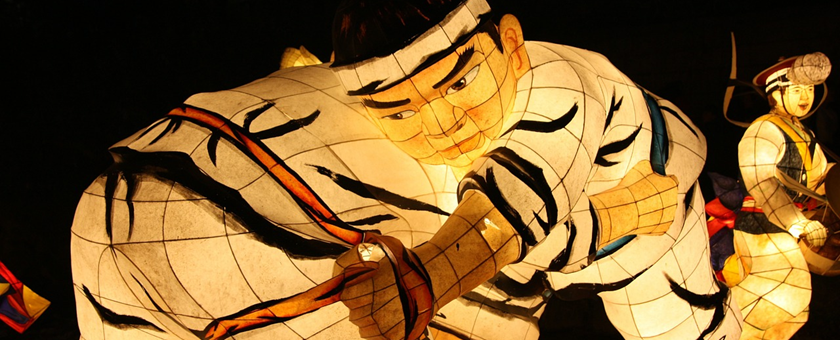
Origin of Lantern Festival
The origins of Chinese lanterns date back to the Stone Age. The arrival of the Bronze Age saw the development of various metal lanterns, among which palace lanterns were the most magnificent. Later, decorative lanterns began to be used in festivals. During the Sui Dynasty (581-618), various lantern festivals became very popular. During the Southern Song Dynasty (1127-1279), the habit of writing lantern riddles on lanterns appeared. At that time, a festival on the Qinhuai River in Nanjing featured about 10,000 lanterns. During the Qin Dynasty (1644-1911), large lantern exhibitions and lantern races were held, the most famous of which was the dragon lantern.
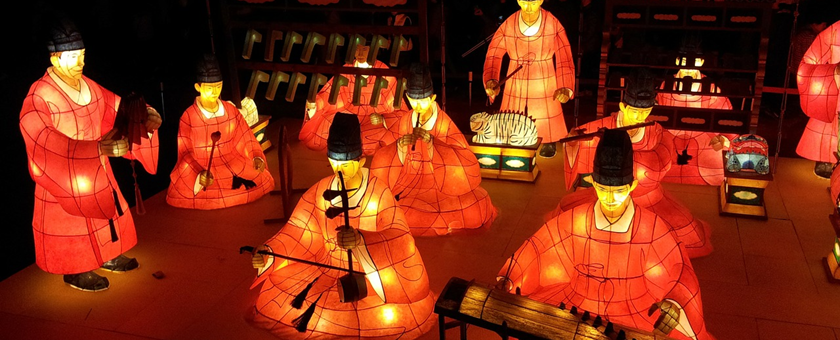
Legend about Lantern Festival
Long, long ago, people killed every wild animal they met, because fierce animals hurt people and domestic animals. A mythical bird lost its way and fell to earth. People killed it by mistake. The god in the heaven was very angry when he heard the death of the bird, so he ordered to set fire on their houses on the fifteenth day of the first lunar month to punish them. The daughter of god was so kind that she secretly warned the people. The frightened people held a meeting to discuss how to deal with the coming disaster. An old wise man said they could hang red lanterns and set off firecrackers in front of their houses to fill their villages and towns with "fire" and smoke, so that they can deceive the god in heaven. The old man's idea saved the people, and from then on, people hung lanterns and set off fireworks to commemorate the day.
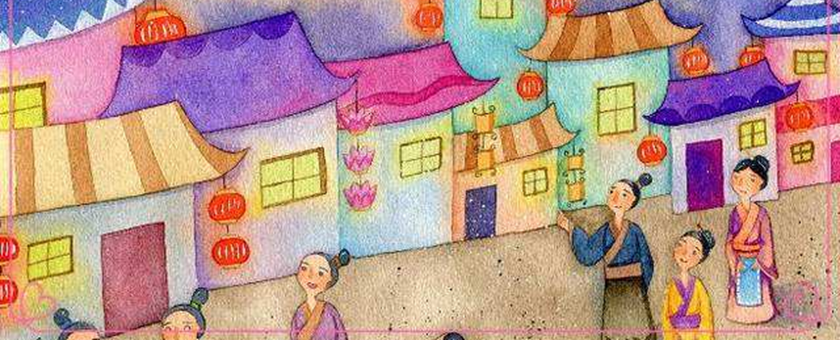
Lantern Festival Activities
Eat Yuanxiao
Yuanxiao (glue pudding) is a special food for the Lantern Festival. It is said that Yuanxiao was named after Yuanxiao, the maid of Emperor Wudi of the Han Dynasty. Yuanxiao is a kind of glutinous rice ball made with sticky rice and sweet fillings. The festival is named after the famous dumplings. Yuanxiao is sticky, sweet and round, symbolizing the unity, completeness and happiness of the family.
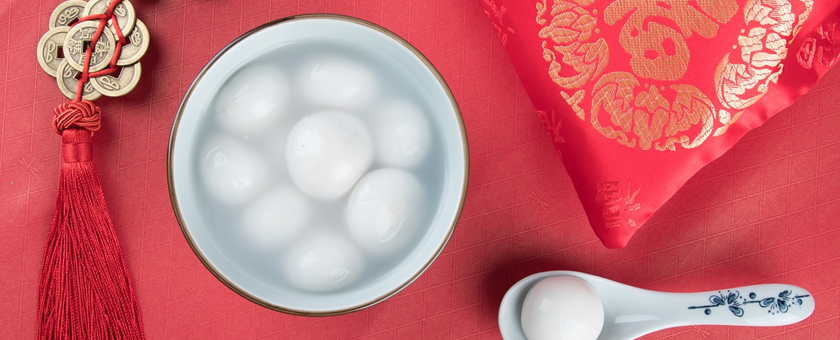
Watch the Lanterns
When the festival comes, red lanterns can be seen in every house and shop on the street. In the park, lanterns of all shapes and types attract countless visitors. The visitors were amazed at how vividly the various lanterns showed the traditional Chinese customs.
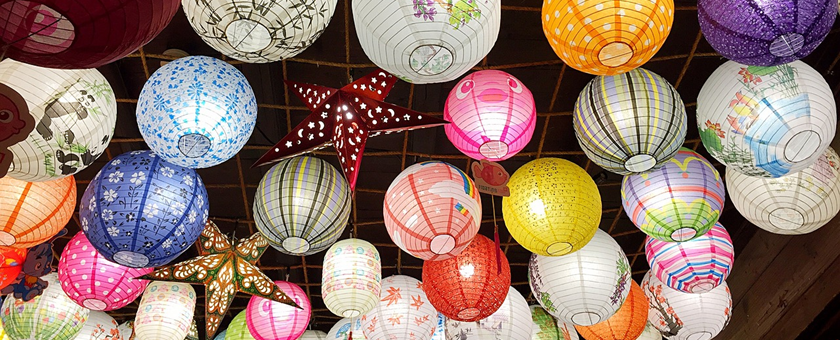
Guess Lantern Riddles
Guessing lantern riddles is a special activity of the Lantern Festival. At first, Chinese people hung lanterns and set off firecrackers to celebrate the Lantern Festival. Then people posted riddles on the lanterns for others to guess. Gradually, this became the custom of the Lantern Festival. It not only stimulates wisdom, but also adds to the festive atmosphere.
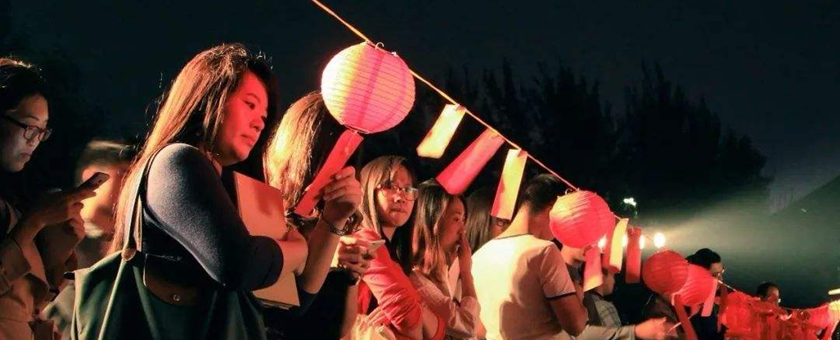
Lion Dance and Stilt Walk
Lion dancie, which originated from the Three Kingdoms Period (220-280), is an excellent traditional art that adds endless fun to any celebration, including the Lantern Festival. During its long development, two types of performances have been formed. In northern China, lion dance pays more attention to technique; while in the south, lion dance pays more attention to animal similarity. An actor manipulates a lion cub made of quilts that looks like a real lion, and two people play together as a big lion, one managing the head part and the other managing the rest. Under the direction, the lion sometimes jumps and does difficult movements such as stilts.
According to the ancient custom, the lion is a symbol of courage and strength, and can protect people, so by performing the lion dance, everyone prayed for good luck and a happy life.
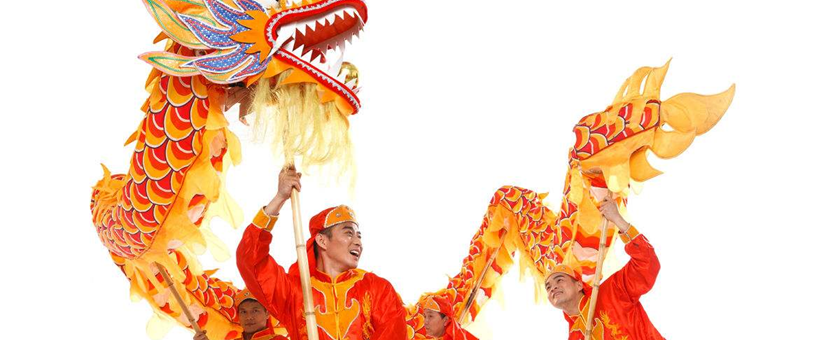
we’ll reply you in 24 hours!
Copyright © 2012-2024 All Rights Reserved to chinaadventure.org